Time Travel Mode
Estimated Reading Time about 3–4 minutes.
Explore how people felt during major events (e.g., fall of the Berlin Wall, COVID lockdowns, World Cup wins) through real-time emotional narratives.
🕰️ What is “Time Travel Mode”
Imagine you have a magic remote. You press a button and—boom—you’re back in time. But instead of watching the news or reading history books, you get to feel what people felt during big moments in history.
Like this:
📍 You pick a place (say, Berlin).
📅 You pick a time (like 1989).
💬 You see what people were saying, writing, and feeling when the Berlin Wall fell, joy, relief, hope.
Or:
🌍 Choose 2020, anywhere in the world.
😷 You’ll feel the anxiety, boredom, and sadness people shared during COVID lockdowns.
It’s like emotional time travel. You don’t just learn what happened, you feel it through their words, posts, and stories.
🧠 To see how this works, watch some videos that help you see and feel this idea:
1. What is Mental Time Travel? Chronesthesia* .. — Explains how your brain can imagine past and future feelings, like a built-in time machine for emotions.
2. Visualizing Self-Discovery: Linking and Tagging Emotions in … — Shows how emotions can be mapped and tracked, turning memories into a visual story.
3. Types of time-travel paradoxes: 🕰️ Predestination Paradox …— A fun look at time travel ideas, helping you understand how events and emotions can loop and connect.
4. How to Time Travel in Google Maps: Tips and Hacks — Shows how you can “go back in time” using tech, just like emotion mapping lets you revisit feelings from the past.
5. How To Play InZOI | The Ultimate Game Guide — Includes a section on emotions and changing time, like a game version of emotional time travel.
6. Understanding Spacelike Singularities and Time Travel in ...— Dives into real science behind time travel, helping you grasp how time and emotion might connect.
Time Travel Mode is like putting on someone else’s emotional shoes from the past. You don’t just learn history—you feel it.
* Chronesthesia is the brain’s ability to mentally jump into the past or future—like remembering your childhood or imagining your retirement.
Personal Empathy Journey
Users input their own emotional history and receive curated stories from others around the world who’ve felt similarly—building connection across borders.
🧠 What’s “Personal Empathy Journey”?
It’s like this:
1. You tell your story—how you’ve felt in life. Sad, happy, lost, scared, whatever.
2. The system finds other people—from anywhere in the world—who’ve felt the same way.
3. You get their stories—real stuff they’ve shared, so you don’t feel alone.
4. Boom! You feel connected—even if they live on the other side of the planet.
It’s like emotional matchmaking. You say, “I felt heartbroken,” and it replies, “Here are 5 people who felt that too, and how they got through it.”
🧭 Think of it like this:
🗺️ You’re building a map of your feelings.
🌍 Then you get to travel through other people’s emotional worlds.
🤯 And you realize: you’re not weird, broken, or alone. You’re human.
🎥 To feel how this works
These videos show real people sharing their emotional journeys—just like what you’d get in a Personal Empathy Journey:
1. Experiences Build Empathy | Mallory Van Waarde — Mallory shows how sharing your story can help others feel seen and supported.
2. The Empath Origin Story #shorts — A quick look at how deep emotional experiences can shape someone into an empath.
3. Why I Wrote ‘The Empathic Leader’: A Personal Story of … — A leader shares how pain and passion led to a journey of empathy and connection.
4. How empathy heals and unites | Dora Puhakka | TEDxEspoo — Dora tells a childhood story that shows how empathy can turn ordinary moments into powerful lessons.
5. From Trauma to Triumph: Serena’s Journey of Resilience and … — Serena’s story shows how sharing pain can lead to healing and strength.
6. Art of Empathy: Embracing Discomfort to Unlock Emotional … — This dives deep into how personal history shapes empathy, and how discomfort can lead to growth.
It’s like saying: “I feel this.”
And hearing back:
“Me too. Here’s my story.”
